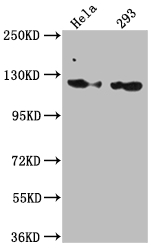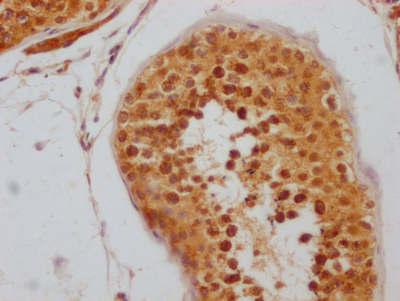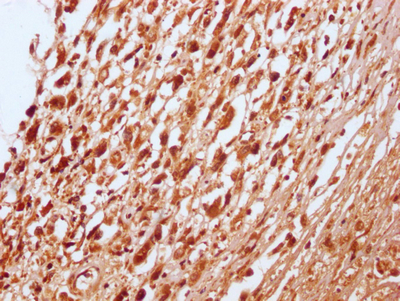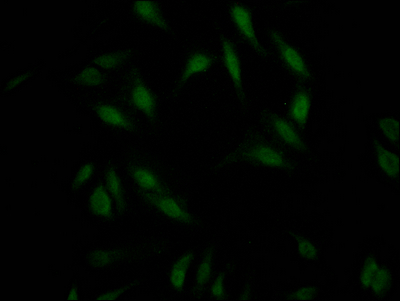The synthesized DNA sequence corresponding to the human RNF20 monoclonal antibody was cloned into the plasmid and then transfected into the cell line for expression. The product was purified through the affinity-chromatography method and obtained the RNF20 recombinant monoclonal antibody. This RNF20 recombinant antibody is a rabbit IgG and has been evaluated in ELISA, WB, IHC, and IF. It responds only with human RNF20.
RNF20 belongs to the family of RING domain E3 ubiquitin ligases, which detect target substrates and transfer ubiquitin to them. RNF20 participates in a variety of biological processes, including transcription, cell division, and heat shock responses. RNF20 is somatically altered in breast, lung, prostate cancer, clear cell renal cell carcinoma (ccRCC), and mixed lineage leukemia, and its declined expression is a key factor in initiating genome instability. It also plays a role in oncogenesis as one of the major driving forces.









